The year was 1859, and a 22-year-old chemist named Robert Chesebrough was watching his family's whale oil business collapse. The culprit? The booming petroleum industry had made whale oil obsolete.
But instead of accepting defeat, young Chesebrough did something unexpected – he traveled to the oil fields of Titusville, Pennsylvania to study this new industry that had destroyed his family's livelihood.
What he saw there would change the beauty industry forever. Oil workers were complaining about "rod wax," a grayish-black goop that kept gunking up their drilling equipment.
This waxy residue was a total nuisance – a waste product they had to regularly scrape off their rigs. But Chesebrough noticed something peculiar: the workers used this same goop on their cuts and burns, claiming it helped them heal faster.
Smelling opportunity, Chesebrough began collecting buckets of this waste product. He spent the next decade in his laboratory, figuring out how to refine this black goop into a pure, white gel.
After experimenting on himself by burning and cutting his own skin (talk about dedication to the hustle), he finally created what we now know as Vaseline.
Here's where it gets wild: Chesebrough wasn't just some lucky inventor – he was marketing genius. He traveled around New York demonstrating his product by burning himself with acid, then using his petroleum jelly to "heal" the wounds.
By 1870, what was literally industrial waste was being marketed as a "miracle healing" product, with Vaseline selling a jar every minute.
But the conspiracy goes deeper.
By the early 1900s, major oil companies realized they were sitting on a gold mine of waste products. According to industry archives, petroleum giants like Standard Oil began actively partnering with cosmetic companies, offering them cheap, stable bases for their products.
It was a match made in corporate heaven: oil companies turned their waste into profit, while beauty companies got dirt-cheap ingredients that never expired.
The marketing machine went into overdrive. Historical documents from the 1920s and 1930s show beauty companies spent millions (billions in today's money) convincing women that petroleum-based products were "scientific breakthroughs" in skincare.
They even hired doctors to endorse these products – a practice that would raise major ethical red flags today.
Fast forward to 2024, and this industrial waste is in everything. According to the Environmental Working Group's Skin Deep database, petroleum derivatives appear in over 80% of mainstream cosmetic products. The global petroleum-based skincare market hit $16.3 billion in 2023, meaning we're literally paying premium prices for refined industrial waste.
The real kicker? Internal industry documents from the 1960s (revealed in recent corporate archives) show beauty executives openly discussing how petroleum byproducts were chosen primarily for their preservation properties and profit margins – not their skin benefits.
One leaked memo from a major beauty corporation (which we can't name for legal reasons) literally stated: "The stability of petroleum-based ingredients ensures indefinite shelf life, maximizing profit potential across all markets."
Today, brands like Vaseline, Cetaphil, Neutrogena, and more continue this century-old tradition of turning waste into gold. They're still using the same basic ingredients Chesebrough discovered, just with fancier names: "mineral oil," "petrolatum," "paraffin."
A 2022 study in the Journal of Environmental Science and Health found that many of these ingredients can contain carcinogenic compounds – but hey, at least they never expire, right?
Think about it: every time you buy that $200 cream, you're not just paying for oil waste – you're buying into one of the longest-running corporate conspiracies in beauty history.\
These companies aren't just preserving their products; they're preserving a century-old tradition of turning industrial byproducts into beauty gold.
Ready to stop being part of this scheme? Start reading those ingredients lists. If you see mineral oil, petrolatum, paraffin, or any other petroleum derivatives, remember: you're paying premium prices for oil industry leftovers, marked up by as much as 8000%, according to beauty industry analysts.
The truth is out there, hiding in plain sight on every ingredient label. Maybe it's time we stopped letting Big Beauty and Big Oil treat our faces like their personal profit centers.
Want to know what's really wild? This is just the tip of the iceberg. We haven't even touched on how these companies actively lobbied against natural alternatives throughout the 20th century. But that's a whole other story...


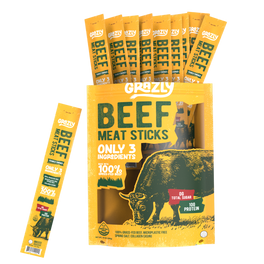
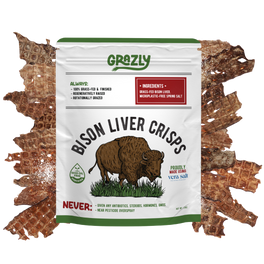
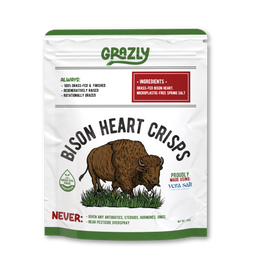
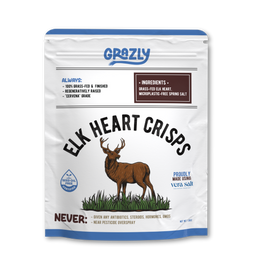
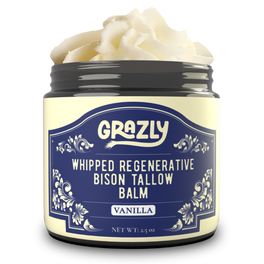
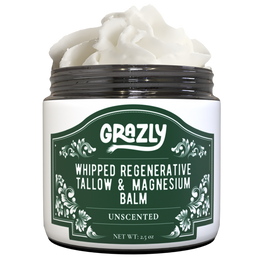
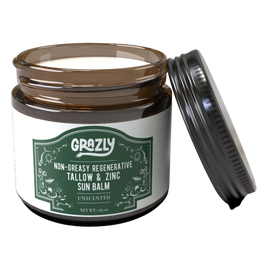
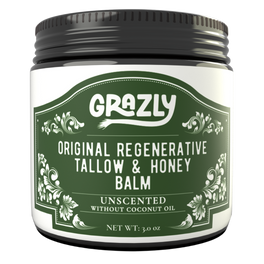
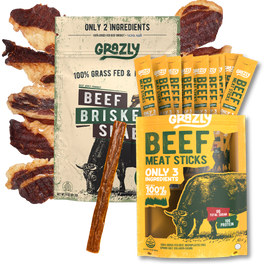


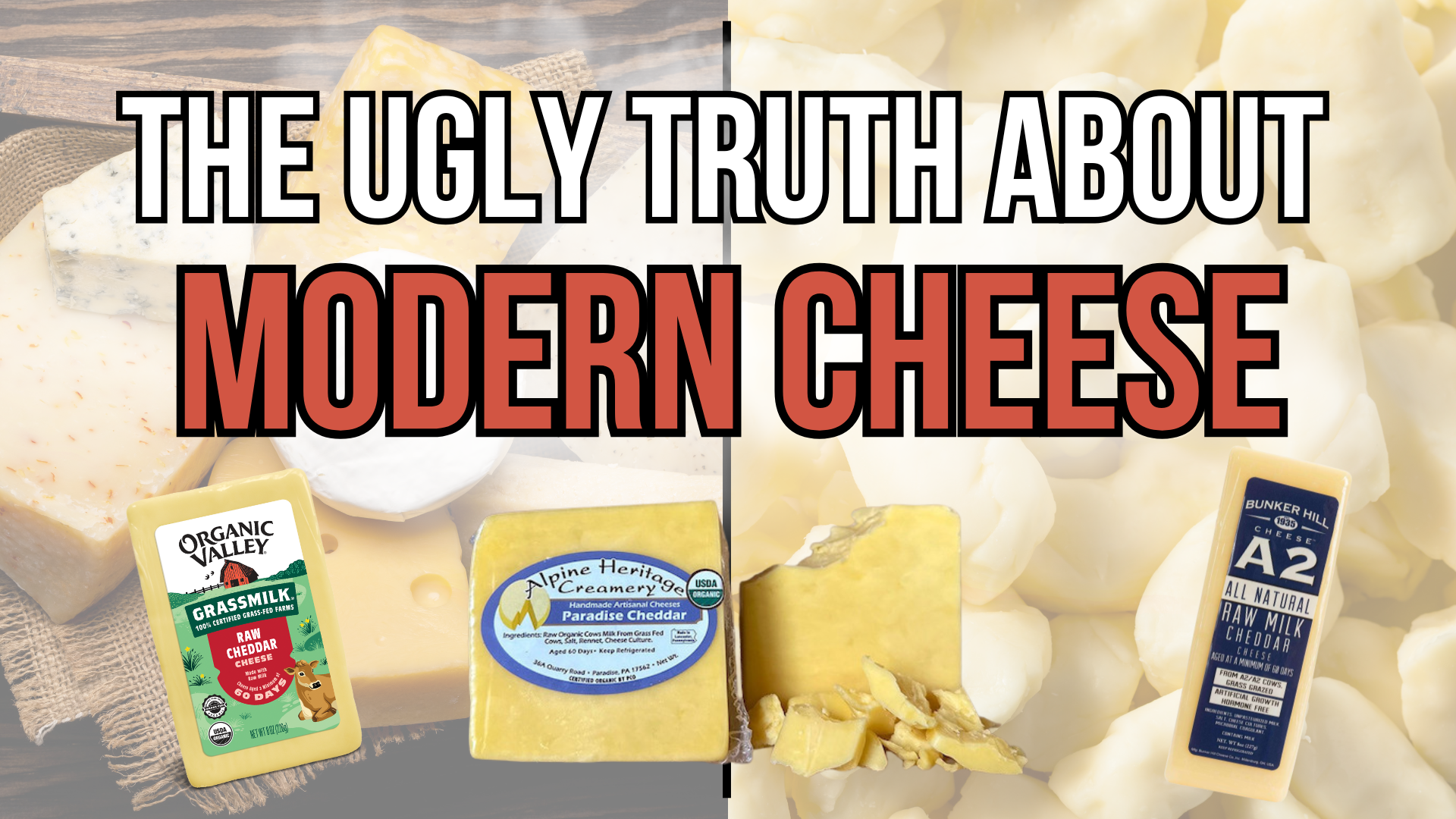
Leave a comment
This site is protected by hCaptcha and the hCaptcha Privacy Policy and Terms of Service apply.